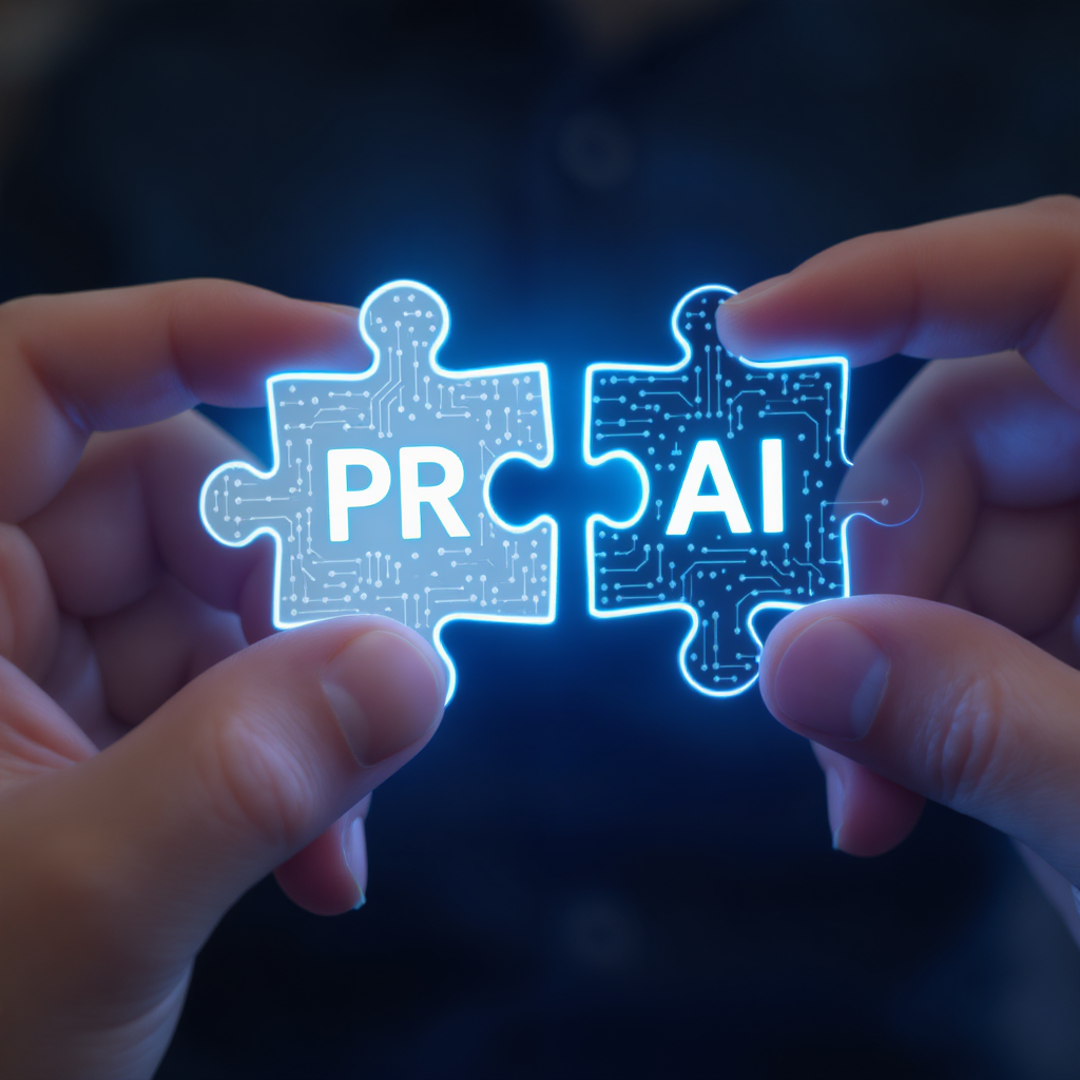The world is on a mission towards a greener, healthier, and more eco-friendly place to live in. There is a pressing need for enterprises to come together to create a commitment to global sustainability. The consumer’s awareness of environmental and sustainable issues has never been greater thereby creating a strong demand for the public to tackle climate change making brands more and more susceptible to become leaders of this change. How should you communicate change to the masses? Sustainable PR! Companies need to communicate and tell stories of how they are contributing to the fight against global warming and environmental issues. This is where public relation specialists come in, to help communicate this need for change via storytelling and PR tools.
How is sustainability communicated in a PR strategy?
Public relations has a huge impact on society, as in essence its main goal is to convey a certain message to the largest audience possible. Via PR tools and marketing strategies, companies can stay in tune with global events and issues by making their audience aware of how they plan to help make this change. Sustainable PR helps shape opinion and bring awareness to sustainability issues. Companies can measure and report their ecological impact to distinguish themselves from the competition and to create a strong and sustainable brand identity.
Patagonia
Patagonia is a leading retailer of outdoor apparel. Its mission statement is “to save the planet” which is a goal they have never lost sight of. By using upfront, honest, and bold communication and PR strategies, they have a created an extremely strong brand identity that is known globally for promoting sustainability and an eco-friendly environment. One of their most famous PR campaigns was launched in 2011 when they ran an ad in the New York Times on black Friday telling people ‘Don’t Buy this Jacket”. The message was honest and raw. Whether their clothing is bio-friendly, organic, or recyclable, its production process still generates waste and will never be 100% eco-friendly. They ran the campaign specifically on black Friday, a period when consumerism is at its peak, to encourage people to buy less and think about the effect on the environment when they purchase non-essential items.
PR and Greenwashing
Greenwashing is a term that was created in the early 90s to expose environmentally harmful practices by big international enterprises. Merging brainwashing and green together, the term is the process of conveying a false impression or providing misleading information. Companies use marketing and PR strategies to convey an ecological responsibility to the public when this may not exactly be the case. Read on to discover some famous examples of greenwashing sustainable PR.
Starbucks – The strawless lid
In 2018 Starbucks, one of the largest food and beverage coffee chains, announced they were phasing out plastic straws with a plan to end their use of all plastic straws by 2020. Instead, they introduced a new sippy cup lid but was this that much better for the environment? Not really, the replacement was also made of plastic and while in fact the sippy cup lid was recyclable it weighed more than the straws they were replacing, hence using more plastic than before. Of course, the idea was for the greater good, but the result was greenwashing their customers into thinking their company is provoking change when really it is not.
Fast Fashion Brands
You may have noticed that more and more fast fashion brands are pushing their sustainability initiatives to the world as consumers are becoming more and more aware of the harmful impacts fast fashion can have on the environment. Eco-friendly packaging, recycled materials, conscious lifestyles…these are just a few of the terms that are used frequently by fast fashion brands, but it is not always necessarily what they seem. Recently the fashion brand H&M has been accused of greenwashing. The company used a scorecard system to let their customers know the environmental impact of each of their products. However, it was revealed in an investigation by Quartz that these scorecards were extremely misleading as more than half of these scorecards claimed that their clothing was better for the environment than they were. Being one of the world’s biggest clothing producers, the brand was trying to promote itself as being as eco-friendly as possible, which sadly was just not the case. Zara is another fast fashion retail brand with confusing sustainable messages. They launched the eco-friendly collections “Join Life” which portrayed the cancellation of all toxic materials by 2020. The collection included fabrics such as “ecologically grown cotton” and recycled materials like polyester. However, no further information was given about the production and processes of how these materials are made or the conditions of workers. Manipulation and misleading, a classic case of PR greenwashing.
Insincere Drinks - Innocent Drinks
Earlier this year, the drinks company Innocent Drinks was accused of greenwashing after releasing an advert claiming that when consumers buy their smoothies, they are helping to save the environment. Although the company has made various efforts to make the brand more environmentally friendly and sustainable, it is still highly misleading to say that by purchasing a plastic smoothie bottle you will help save the planet.
What role does PR play for NGO’s?
An NGO is a Non-Governmental Organization which means it is a non-profit group that functions independently of any government. They are organized to serve a social or political goal such as sustainability, the environment and humanitarian cause. Public Relation specialists are used to build trust between these organizations and corporate companies. They help to create a close relationship so that NGO’s can achieve their goals and get their message spread as they generally have a hard time being recognized in the media. This is where sustainable PR specialists’ step in to help them on their journey!
 3 tips before starting a sustainable PR campaign
3 tips before starting a sustainable PR campaign
Before starting any sustainable PR campaign, it is best to have a strategy put in place. Discover the top tips to achieve a successful PR sustainability campaign.
– Passion.
As with anything, being passionate about a project is the way to achieve success. A team always performs at its best when they are passionate about what they are promoting.
– Connections.
Changing consumers is difficult. There is value in knowing the right people to connect with. Having a network of leaders is important when constructing a PR campaign or image of sustainability for a client.
– Industry leaders and Experience.
To create PR campaigns and strategies that work, experienced advisors and experts are essential. It is important to work with teams that understand the core details of climate issues and regulations.
– An agent for change
Public relations plays an important and dynamic role when acting as an agent for change. To advance and create awareness around sustainability, consumers and companies need to be persuaded to change their thought process when it comes to matters such as production and supply choices or even just everyday choices that can go a long way to helping stop climate change.



 7 min
7 min

 5 min
5 min


 On 28 October, 2022
On 28 October, 2022